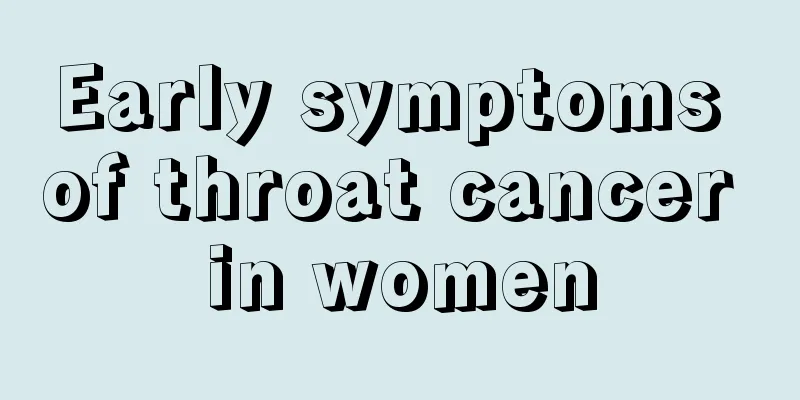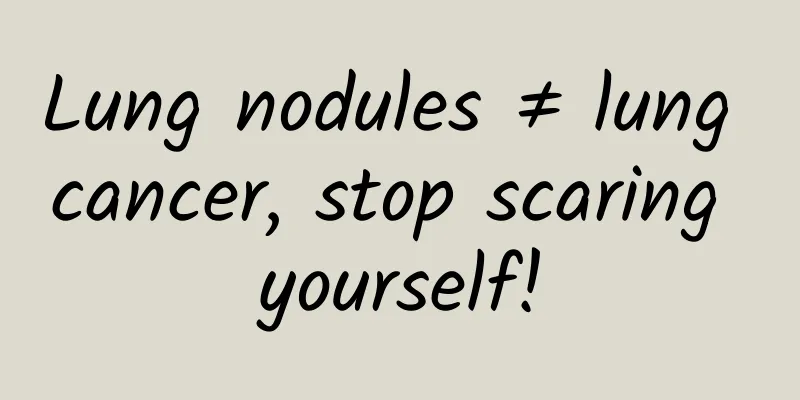Why do masks have odors? Are masks with odors harmful to the body?

|
We all know that masks are a kind of protective equipment that is in short supply. They can prevent infection with the new coronavirus to a certain extent and reduce the damage caused by the virus. Many people often wear masks. So what is the reason why masks have odor? Let's take a closer look! Why do masks have odor?The reasons for the odor of masks are as follows: 1. The raw material of non-woven fabric, polypropylene granules, has an odor 2. Improper production process of non-woven fabrics, non-woven fabrics have odor, 3. Improper storage and transportation of non-woven fabrics, factory environment restrictions, and odor in the space where semi-finished products are placed lead to the absorption of environmental odor. 4. Due to limitations in the production process, thermal oxidation of polypropylene and complete decomposition of polypropylene occur, resulting in odor. Is it harmful to the body if the mask has odor?Comprehensive product research found that the main components of the odor on the mask are carbonyl compounds, formaldehyde, acetaldehyde, ketones, alcohols, acids, acetophenone, etc. These gases are collectively called VOCS organic volatile gases, which are undoubtedly harmful to the human body. Therefore, the odor can be said to be toxic from another perspective. Although masks with odors are toxic, whether the concentration of toxic gas components has reached a level that can endanger human health requires a specific analysis of the specific situation. If a person can clearly feel that the odor in the mask makes him or her uncomfortable, nauseous, and unacceptable, then it has a certain degree of toxicity. If the odor is only slight, it generally does no harm to the human body. Which type of mask is better?Low risk level: It is recommended to use ordinary masks or not to wear masksWhen choosing masks, we also need to understand whether masks with different protection levels are needed in different environments and scenarios. For example, home activities, scattered residents, outdoor activities, workers, children and students in well-ventilated places, etc., these environments have less contact between people and better ventilation, so they will not cause large-scale virus transmission. Therefore, when choosing masks, ordinary masks have a certain blocking effect, especially in home environments, where masks are not required. Lower risk level: Disposable medical masks are recommendedLower risk environments include the public stranded in crowded places, indoor working environments with relatively crowded people, the public visiting medical institutions, and children in childcare institutions and students in schools who are studying and doing activities together. However, currently, various companies are still working from home, and schools are delaying the start of school. For the time being, there are few similar gatherings. However, when choosing masks, it is recommended to use disposable medical masks after work and classes resume in the future. However, it is also necessary to avoid intensive contact, maintain good ventilation and pay attention to the epidemic. Medium risk level: Choose to use disposable medical masks and recommend the use of medical surgical masksThis type of risk level requires an improvement in the level of protection of masks. For this level, the people involved in the scene generally include general outpatient clinics, medical staff working in wards, staff in crowded areas, administrative management related to the epidemic, police, security, express delivery and other practitioners. This group of people will have more contact with strangers than the first two groups, so in terms of self-protection, they need to be prepared, and keep measuring their body temperature and washing their hands frequently, while avoiding unnecessary contact. Higher risk level: Particle protection masks are recommendedPeople with this risk level include emergency medical staff, epidemiological investigators of close contacts, and testers of epidemic-related samples. We often mention KN95/N95 and above protective masks, where "N" means non-oily particles, and "95" means that the filtration efficiency reaches 95% under the specified test conditions. This type of mask is one of the anti-particle masks certified by the United States. KN95 is the classification of anti-particle masks in the Chinese national standard, and the two masks have the same protective effect. It is mainly recommended for medical staff to use during on-site investigations, sampling and testing, and the public can also use it in crowded places or closed public places. Therefore, except for suspected epidemic environments with higher risks, during the current period of mask shortage, this type of mask is still expected to be reserved for medical workers and related work personnel. High risk level: Choose to use a particulate protection mask or a mask with a higher protection level thanFor high-risk environments, the requirements for masks are more detailed, and medical surgical masks can no longer be used as protective equipment to protect the safety of relevant workers. In fever clinics in epidemic areas, particulate protective masks and protective masks (with P100 filter cotton) can be used, and medical protective masks are recommended. In order to avoid the examined patients carrying the new coronavirus, in addition to masks, protective clothing is also required, and corresponding protective measures are taken. Mask storage, cleaning and disinfection1. If you need to reuse the mask, you can hang it in a clean, dry and ventilated place, or put it in a clean, breathable paper bag. Masks should be stored separately to avoid contact with each other, and the person using the mask should be marked; 2. Medical standard protective masks cannot be washed, nor can they be disinfected using disinfectants, heating, etc.; 3. Cleaning of self-priming filter respirators (full-face or half-face) and powered air filter respirators should be carried out according to the instructions; 4. Cotton gauze masks can be washed and disinfected, and other non-medical masks should be handled according to the instructions. |
<<: What kind of masks are unqualified? How to tell whether disposable medical masks are qualified?
Recommend
What are the effects of irregular menstruation
Menstruation is a special period for women. Women...
Causes of lower abdominal distension and brown vaginal discharge
Many female friends are busy with their work and ...
If you get angry during confinement, eating these can reduce the fire
Urbanites lead a busy life and often ignore the h...
Will the fungus heal itself after menstruation?
Candidal vaginitis is a very common gynecological...
What to do with irregular menstruation? How to regulate
Irregular menstruation is a troublesome problem t...
What are the symptoms of chronic gastritis? One look and you'll know
Chronic gastritis is a common disease in life. Be...
What is the reaction after taking the injection?
Compared with men who ejaculate tens of thousands...
Why does non-gonococcal urethra infection occur?
Non-gonococcal urinary tract infection is a very ...
Successful pregnancy after 2 biochemical pregnancies
Pregnancy is something that makes the whole famil...
How to maintain the ovaries and uterus
It is said that women are like flowers. Only care...
I recently noticed that my areola has become larger.
Women love beauty very much, and they also love c...
Which day of menstruation is the best for weight loss? You should take advantage of these 3 periods
During menstruation, the body's metabolism wi...
What is sarcopenia in the elderly? What foods are good for the elderly with sarcopenia?
We often see some elderly grandparents who are ve...
Can OPPO phones hide applications? How do I turn off GPS on OPPO phones?
As people's life demands become smarter, mobi...
Precautions for ultrasound in the fourth month of pregnancy
The fourth month of pregnancy is a critical perio...









